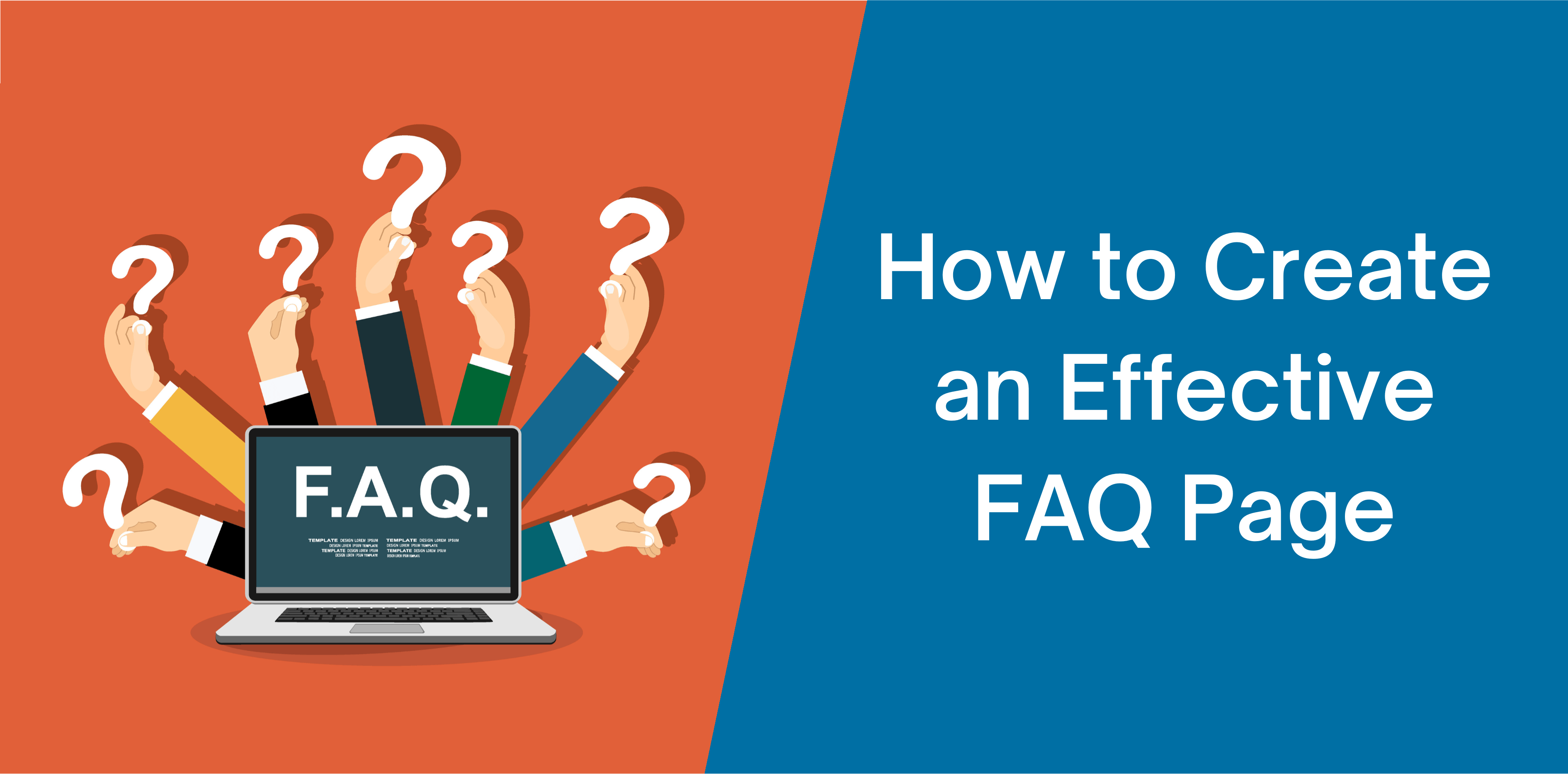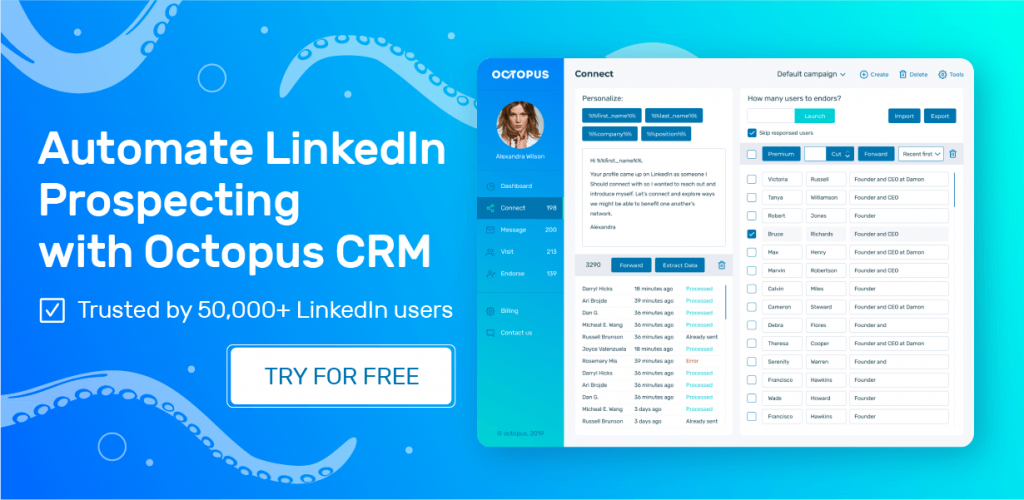Frequently Asked Questions (FAQ) pages are integral to building a successful website. The page includes numerous customer questions and acts as a tool to save time. But only if used right!
For more than 90% of consumers, user experience is essential to maintain brand loyalty. While there are many ways to improve customer service, FAQs are one of the most effective and cost-saving methods.
Below we discuss how you can design a killer FAQ page and a few examples to inspire you:
What Is FAQ?
FAQ pages or Frequently Asked Question pages are essential to your website providing answers to common questions and concerns.
The page allows customers to delve into the details of your brand and product or service. The FAQ section focuses on providing short and direct answers so buyers can find info quickly and efficiently.
Here are several reasons your brand needs an FAQ page:
Saves Time – A well-crafted FAQ page provides customers with the necessary information, thus saving you from answering time-consuming emails and social media queries.
Drives Traffic – Google focuses on answering users’ queries in the best possible manner. If you put your text in a Q and A format, you can rank in Google’s answer boxes or feature snippets, helping you increase traffic significantly.
Fosters Brand Trust – A holistic and well-written FAQ page showcases your expertise and allows you to establish yourself as a brand authority. Consequently, it helps build brand trust and improves brand image.
How to Create an FAQ Page?
Designing an FAQ page sounds simple until you start writing. To make the task easier, we’ve created a step-by-step guide to creating an FAQ page on website:
1. Add Real Frequently Asked Questions
As the name suggests, FAQ pages answer “Frequently Asked Questions.” So, add questions your customers are or will ask.
Remember, there’s nothing worse than seeking answers and landing on a FAQ page with patronizing and unhelpful questions designed to show off a product or service.
Instead, scour your email and social media inbox and interrogate your customer support representatives to determine what questions your customers ask.
2. Choose Your Tone
Every brand has a unique voice that reflects the tone of your website’s content. Determine your brand’s style and tailor your FAQ section accordingly.
Ask yourself whether you want to sound casual, professional, friendly, or sensitive. Once you select your brand voice, create clear, concise, and easy-to-understand FAQs without jargon. Your buyers should easily comprehend the answers without reading filler sentences.
3. Determine How to Organize Your FAQ Page
There’s no one-size-fits-all solution to designing an FAQ page. Depending on your brand’s style and offers, your FAQ page might comprise a single page with various questions or several pages linked together.
So, consider what works best for your customers and how easy it is for customers to troubleshoot your products. Moreover, if your FAQ page involves multiple pages, consider creating an advanced navigation bar to ease finding answers.
4. Think and Share Visually
Adding an example page, screenshot, or video tutorial link is an excellent way of adding value to your customers by upgrading the Frequently Asked Questions page. But ensure the visual element is applicable and reasonably sized for your FAQ section.
You can also add attractive icons to improve your website’s appeal.
5. Add Social Buttons
Before you dive into your FAQ page, you must think socially. Adding social buttons to your FAQ page encourages readers to share your Q&As in message forums and social media pages.
Consequently, creating shareable FAQs during interactions with users on social media can help save time and improve traffic. Focus on creating concise comments with no more than 300 words explaining how to troubleshoot a problem.
Read also: How Can Social Media Marketing Help Your Business and Social Media Hacks to Grow Your Brand and Business
6. Invest in SEO
Search Engine Optimization refers to improving your FAQ content to rank better on search engines.
The best way to strengthen your FAQ page is by integrating internal and external links. When crafting our FAQ answers, practice internal linking by including additional information sources, like blog posts. As a result, you can attract more traffic and drive them to other website pages.
In addition, you can include external sources, where relevant, to provide extended versions or factual answers.
7. Don’t Go Overboard
Remember to keep your FAQs to a minimum, don’t overload them with unnecessary questions. If you do, you might overwhelm readers and prevent them from finding value.
While designing your FAQ page, remember only to answer questions customers need.
8. Make the FAQs Searchable
There’s nothing worse than landing on an article only to scroll through hundreds of irrelevant details to find the information you want.
The same is true for FAQ pages, so consider adding a search bar to help customers get the answers they need!
9. Design Your FAQ Page
Now that you’ve decided on your brand’s tone and social buttons, it’s time to design the page! You can check out our example section to get inspiration or try something new.
After that, hit the publish button, and go live. Remember to link your FAQ page to your landing page’s footer. That way, it will always be accessible to visitors.
10. Monitor and Upgrade the Content
Once your page runs, customers will find it easier to troubleshoot common problems. To verify this, you must revisit customer data and determine whether things are different now.
Are customers still facing their initial problems? Or is there a decrease in customer queries? If the change is positive, you’ve successfully created a killer FAQ page!
However, your work is yet to finish. As your brand expands, you’ll have to update your FAQ page with relevant questions using ChatGPT.
FAQ Page Examples
Now that we’ve covered how to design an FAQ page, let’s dive into several examples:
Octopus CRM
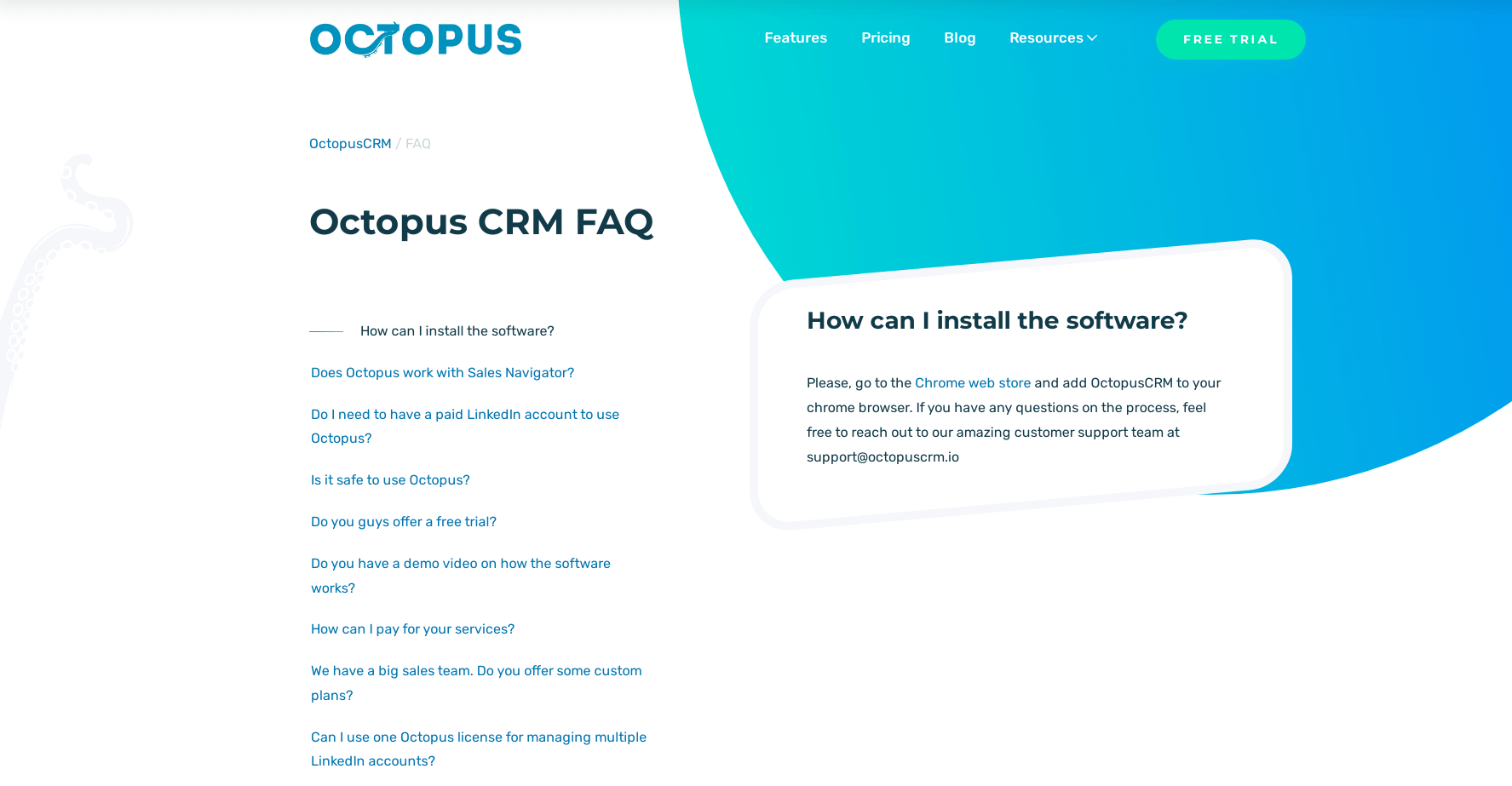
Octopus CRM FAQ section perfectly balances text and interactive features. The page is clutter-free, concise, and easy to skim read.
The best part? Each question provides a no-frills answer, making it easy for customers to grasp the necessary information.
Dropbox
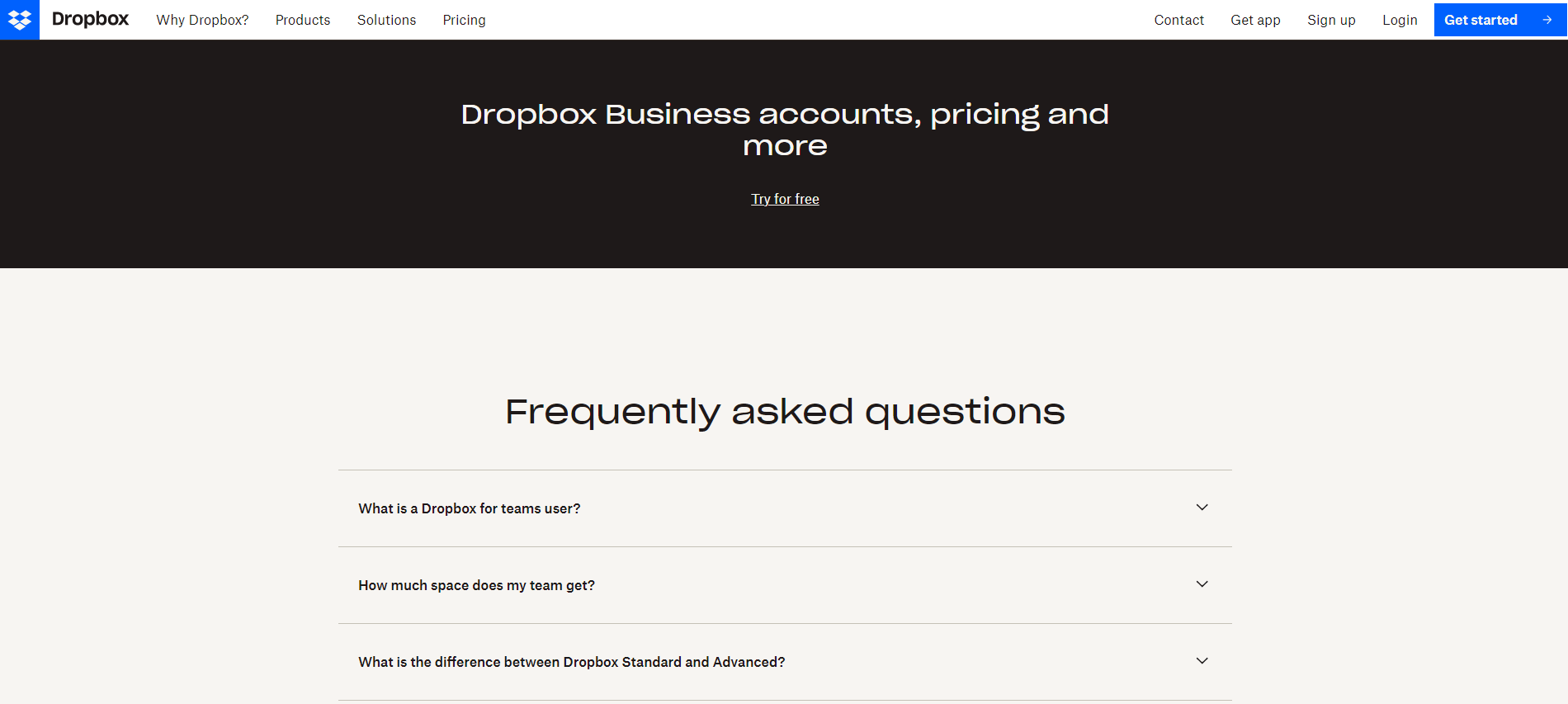
The standout feature of the Drop box’s FAQ section includes its simplified user experience, bold search box, and functional features that empower users to progress through the site.
In addition, the top of the page includes featured FAQ page links, whereas the bottom consists of topics with short descriptions to help readers discover the necessary answers.
YouTube
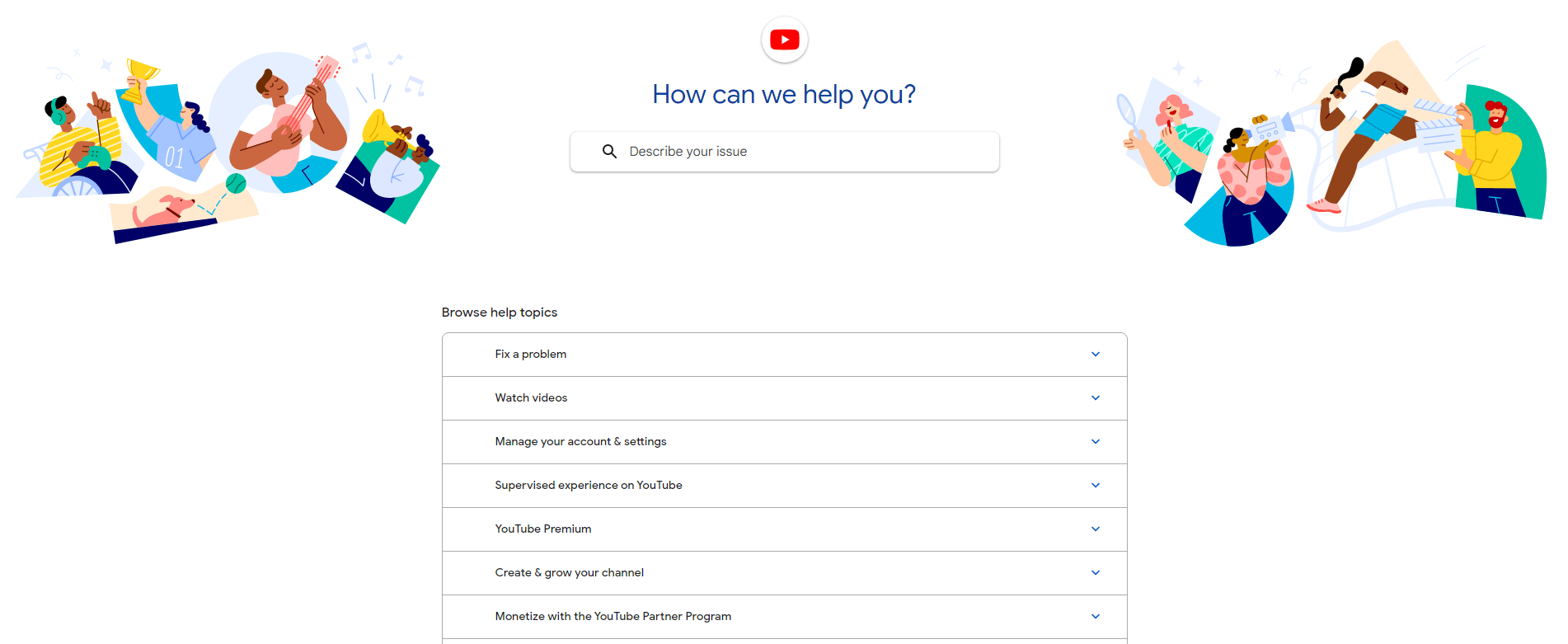
YouTube’s FAQ page has a minimalistic design, giving it a fresh and clean look. It also makes the information accessible and easy to find. All you need to do is to look for relevant queries under the “help” section and get information in the form of text and visuals.
The combination of different content types makes the answers more appealing and easy to understand.
Adobe Creative Cloud
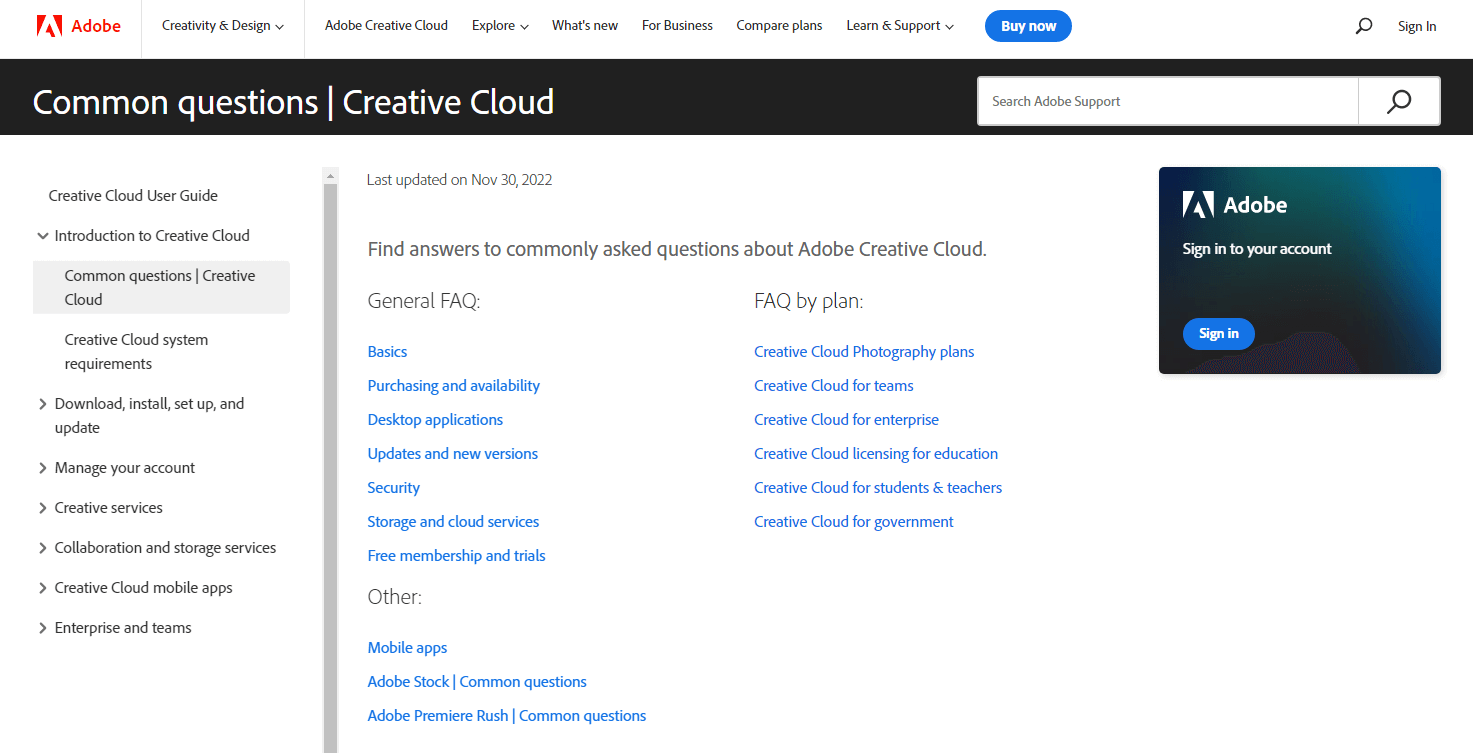
Adobe Creative Cloud uses a search bar function on its FAQ page to make the information accessible. The best part is all the common queries are answered on the same page, and you don’t have to navigate away from the main FAQ section.
Amazon Web Services
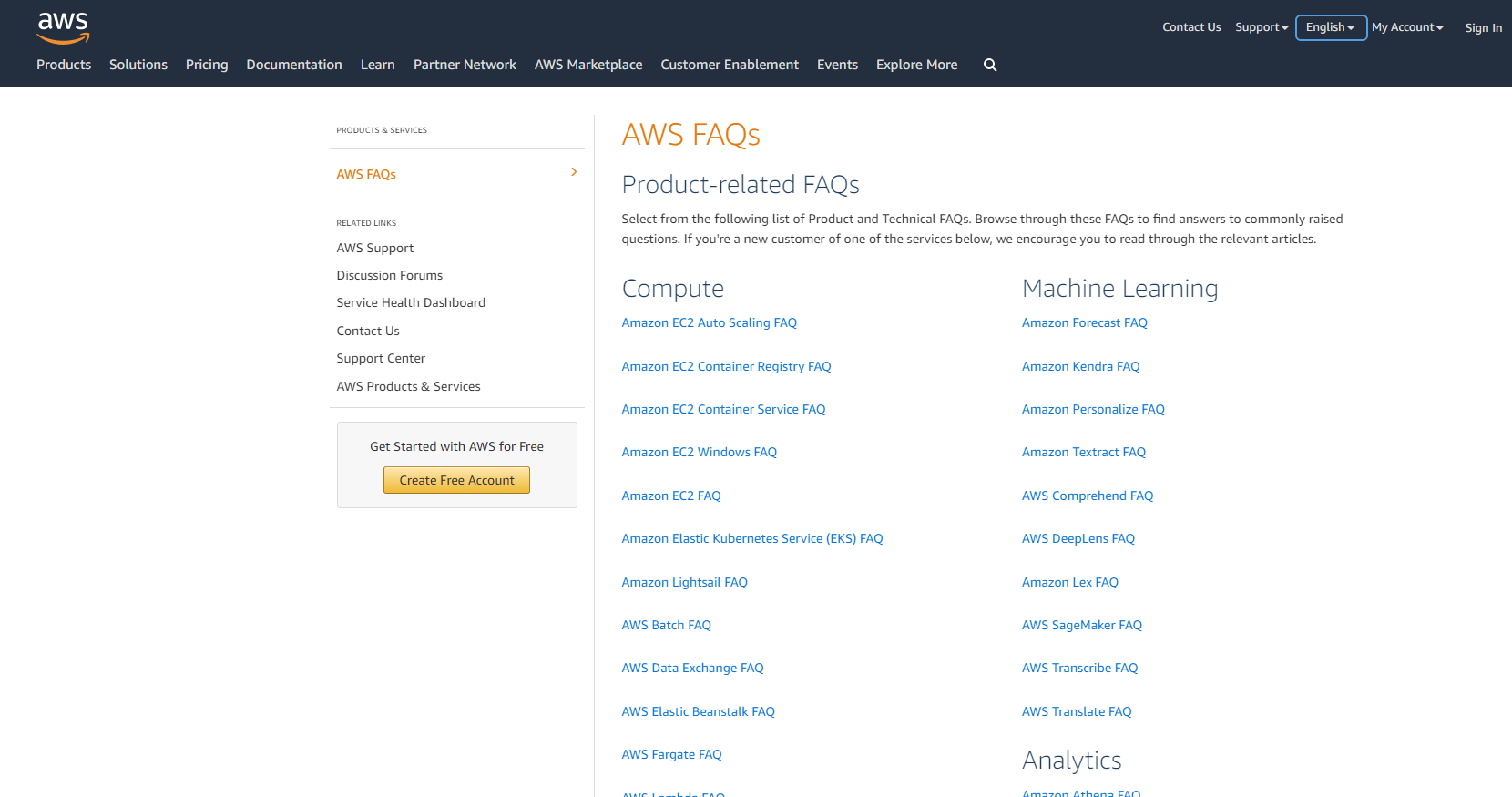
Thanks to its user-friendly and easy navigational design, the AWS FAQ page is one of the best places to look for inspiration. Furthermore, the sidebar has several URLs in different categories that direct you to a new page for detailed information.
This makes the interface clean and crisp. Besides, you’re not bombarded with information that’s not relevant to your query.
The Difference Between FAQs and Knowledge Base
Most of us confuse FAQs and knowledge base, but both are different in use and purpose. An FAQ page is a list of questions that answer common customer queries on the business website. Most companies use FAQs to provide common information about their products and services. Its primary function is to clear the basics of your business.
On the other hand, the knowledge base is much more detailed and an extension of the website. Apart from answering general queries, it also offers detailed documentation to build brand loyalty. However, it serves customers and assists the internal team in providing informational support for onboarding and team management processes.
The knowledge base contains detailed articles on every possible question your customers and stakeholders might have about your company. However, you might want to research and craft the information vigilantly so that the content isn’t repeated.
Most companies start with an FAQ page but branch out to a knowledge base as they grow bigger and become more diverse.
Conclusion
For every business, the FAQ section is vital to improving user experience. Not only do you share the business basics, but you also try to resolve their general problems. Therefore, a well-structured FAQ page is an asset for ensuring brand loyalty and improving online ranking.
Use keywords and internal links efficiently to fill in the gaps and strengthen your SEO strategy. All you need to do is keyword research and take inspiration from the examples we’ve shared. Now you’re good to go for having your own user-friendly and optimized FAQ page.
